Weaving Wax
TPF Noob!
- Joined
- Aug 23, 2006
- Messages
- 678
- Reaction score
- 0
- Location
- U.S.
- Can others edit my Photos
- Photos OK to edit
I was looking into getting a polaroid camera. One that would give me that "70's" feel. What would be a good one to get? I found a lot of them fairly cheep on ebay, but I'm not sure what one is the easiest to operate..etc.. Do they have manual focus or are they all fixed?


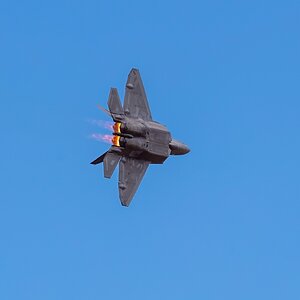
![[No title]](/data/xfmg/thumbnail/32/32930-09414fc020c2a60a456ff59a05c5ef8f.jpg?1619735759)
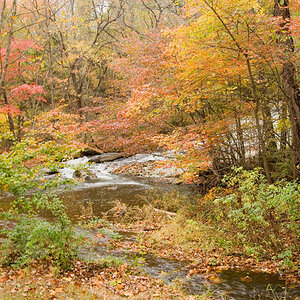
![[No title]](/data/xfmg/thumbnail/35/35968-01893eeb6a205c00827118fe5bb79703.jpg?1619737286)
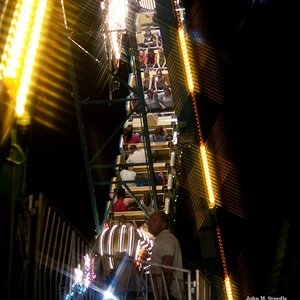
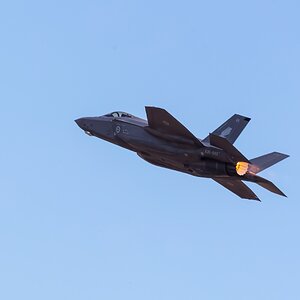

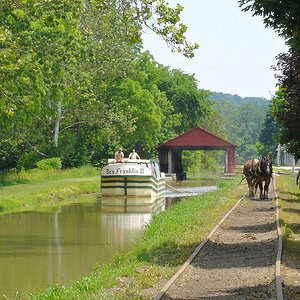
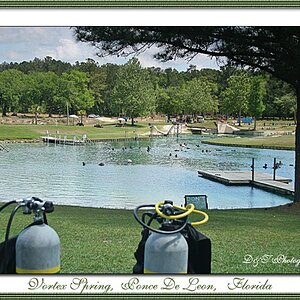

![[No title]](/data/xfmg/thumbnail/30/30991-43abf4dfee0a54010692c71c43f40981.jpg?1619734555)
